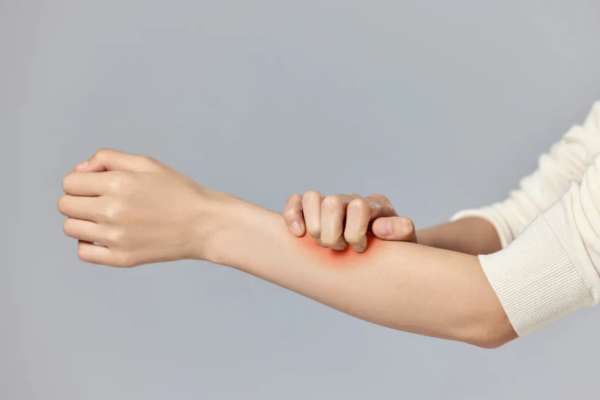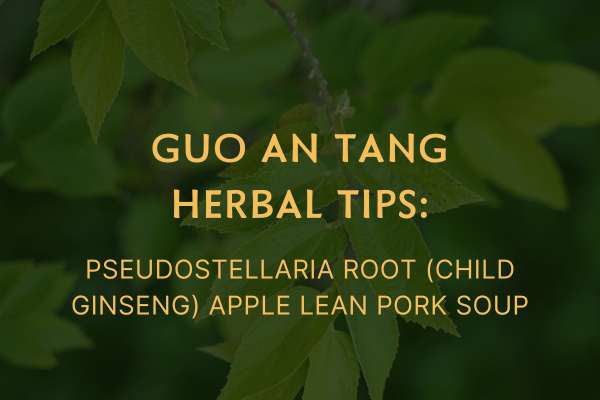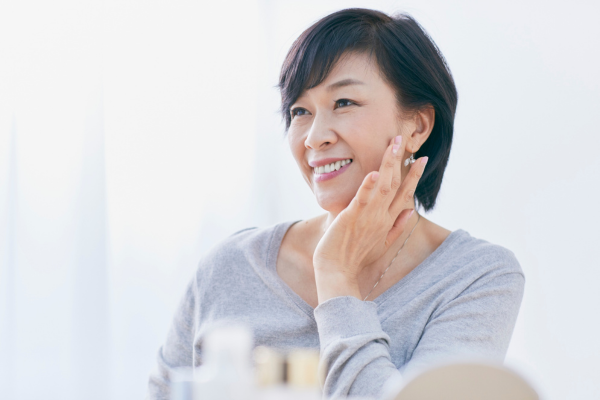
Top 5 TCM Tips to Relieve Lumbar Strain
Long hours at the desk, constant screen time, and endless Zoom meetings — for many working professionals in Singapore, lumbar strain has become one of the most common modern health concerns. Fortunately, TCM in Singapore offers holistic, non-invasive solutions. Through personalised therapies like acupuncture, tuina, and herbal remedies, TCM provides effective ways to prevent and treat lumbar strain, helping even the busiest office workers regain comfort and mobility.

What Is Lumbar Strain?
Also known as chronic lower back muscle injury, functional back pain, or lumbosacral myofascial inflammation, lumbar strain refers to a chronic soft tissue injury in the muscles and fascia around your lower back. It’s one of the most common causes of persistent back pain among office workers.

Common Symptoms of Lumbar Strain
1. Lower Back Soreness and Aches
Patients often describe a dull, aching, or tight sensation in the lower back or sacrum area. Pain usually worsens after physical activity or long periods of sitting, and improves with rest.
2. Stiffness and Numbness
Many people with lumbar strain also experience stiffness, especially in the morning or after sitting for too long. Some feel like their lower back is “locked up” and hard to move. Others notice heaviness, cold sensations, or mild numbness around the waist.

TCM Treatments for Lumbar Strain
TCM Singapore clinics use a range of time-tested therapies to address lumbar strain at its root — by improving circulation, relaxing muscles, and restoring the balance of qi (vital energy).
1. Acupuncture
Acupuncture stimulates specific meridian points to unblock qi flow and relieve pain. For lumbar strain, commonly used acupoints include:
Shenshu (BL23), Zhishi (BL52), Qihai Shu, Mingmen (DU4), Yaoyangguan (DU3), Ciliao (BL32), and Weizhong (BL40).
To enhance the effect, cupping therapy is often applied after needling to boost circulation and further ease muscle tension.
2. Tuina (Therapeutic Massage)
Tuina is a traditional Chinese manual therapy that uses rhythmic techniques such as pressing, kneading, rolling, and stretching. These movements help:
Improve blood flow
Relieve muscle spasms
Reduce inflammation and stiffness
Ideal for office workers with tight lower backs, tuina supports structural alignment and pain relief without medication.
3. Moxibustion
Moxibustion involves burning dried mugwort (moxa) near or on specific acupoints to apply therapeutic heat. It is especially effective for people with cold-damp accumulation, poor circulation, or chronic lumbar strain.
The gentle warmth penetrates deeply into tissues, promoting qi flow and easing muscular tightness and discomfort.
Looking for an experienced TCM practitioner in Singapore?

TCM Singapore Tips: How to Prevent Lumbar Strain
1. Strengthen Core Muscles
Daily moderate exercise is key to preventing lumbar strain. Focus on strengthening your core and lower back muscles to provide better support for your spine.
2. Keep the Lower Back Warm
Exposure to cold or damp environments is a major cause of lumbar strain in TCM. Always keep your waist warm, especially in air-conditioned offices or during cold weather. Use heat packs if needed.

3. Maintain Good Posture
Proper sitting and standing posture is essential:
Standing: Keep your spine upright, shoulders relaxed, stomach tucked in.
Sitting: Sit with your back straight and both feet flat on the ground. Avoid crossing your legs or slouching.
📌 Tip: Stand up and stretch every hour to relieve pressure on the lumbar spine.
4. Avoid Overexertion and Lift Properly
Don’t overwork your back. When lifting heavy objects, bend your knees, keep the object close to your body, and use leg strength — never bend at the waist.
5. Manage Your Weight
Excess body weight adds stress to your lumbar spine. Keeping a healthy BMI can significantly reduce your risk of developing lumbar strain.
Final Thoughts
Lumbar strain may start as a minor discomfort but can become a long-term issue if not addressed. With the help of TCM in Singapore, you can manage and even reverse the damage through acupuncture, tuina, and lifestyle adjustments.
If you’re sitting at a desk for hours each day, don’t wait until the pain gets worse. Visit a qualified TCM Singapore clinic for a personalised treatment plan and let your back breathe easy again.
Looking for an experienced TCM practitioner in Singapore?
Recent Post
-
 07 Oct 20254 Fruits That Can Worsen Dampness (湿气) in Autumn | Singapore TCM Health Guide
07 Oct 20254 Fruits That Can Worsen Dampness (湿气) in Autumn | Singapore TCM Health Guide -
 01 Oct 2025Heart Care in Singapore: TCM & Modern Tips for a Healthy Heart
01 Oct 2025Heart Care in Singapore: TCM & Modern Tips for a Healthy Heart -
 01 Oct 2025Guo An Tang TCM Herbal Tips: Stay Cool, Sip Warm
01 Oct 2025Guo An Tang TCM Herbal Tips: Stay Cool, Sip Warm -
 01 Oct 2025Powerful Way to Boost Yang Qi & Clear Summer Eczema
01 Oct 2025Powerful Way to Boost Yang Qi & Clear Summer Eczema -
 18 Aug 2025Guo An Tang TCM Herbal Tips: Strengthens the spleen and stomach
18 Aug 2025Guo An Tang TCM Herbal Tips: Strengthens the spleen and stomach -
 18 Aug 2025Sudden Stomach Pain? Don’t Panic — 3 TCM Methods to Soothe Your Stomach Quickly
18 Aug 2025Sudden Stomach Pain? Don’t Panic — 3 TCM Methods to Soothe Your Stomach Quickly -
 18 Aug 20254 Easy Ways to Boost Qi & Blood for Anti-Aging
18 Aug 20254 Easy Ways to Boost Qi & Blood for Anti-Aging -
 05 Aug 2025Guo An Tang TCM Herbal Tips: Qi Boosting & Spleen-Strengthening
05 Aug 2025Guo An Tang TCM Herbal Tips: Qi Boosting & Spleen-Strengthening -
 05 Aug 2025Guo An Tang TCM Herbal Tips : Relieve Summer Heat the Natural Way
05 Aug 2025Guo An Tang TCM Herbal Tips : Relieve Summer Heat the Natural Way -
 01 Aug 20253 Powerful Acupoints to Relieve Rhinitis During the 30 Days of Sanfu
01 Aug 20253 Powerful Acupoints to Relieve Rhinitis During the 30 Days of Sanfu